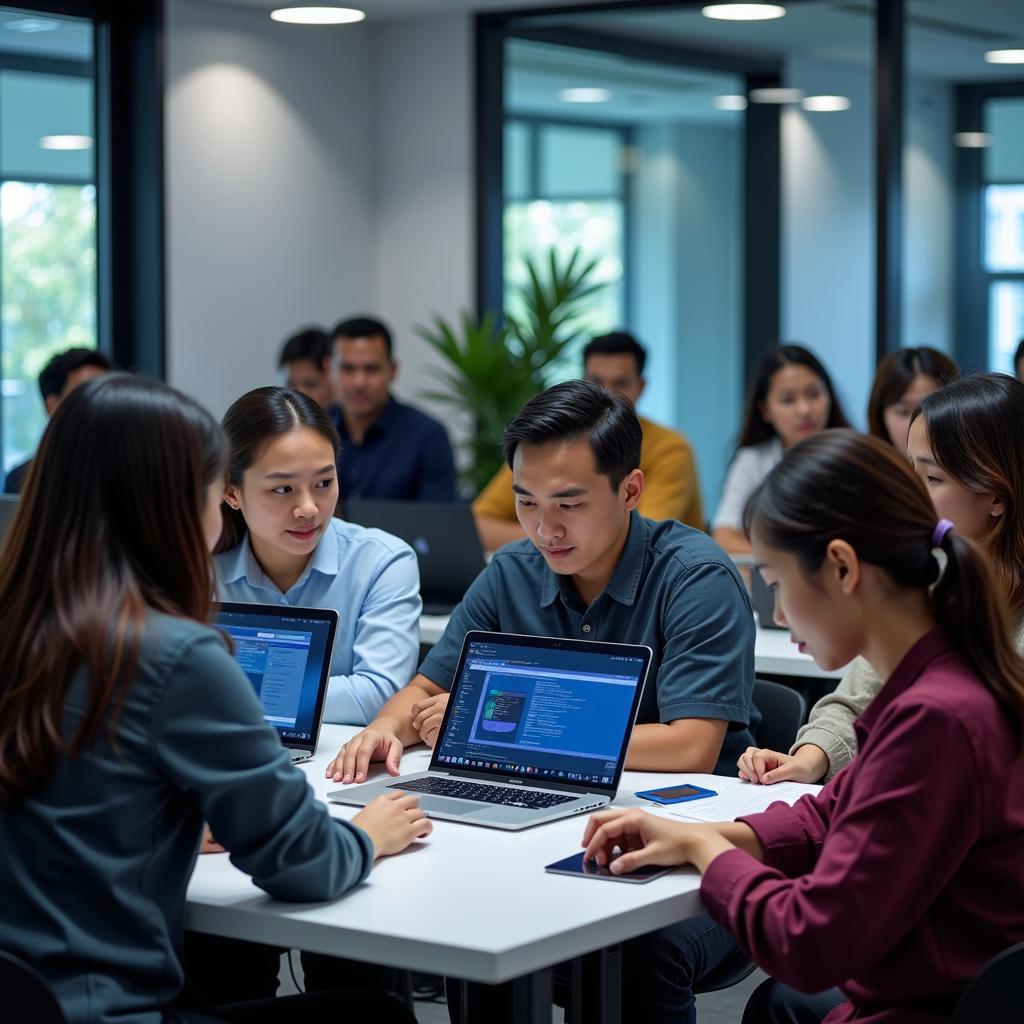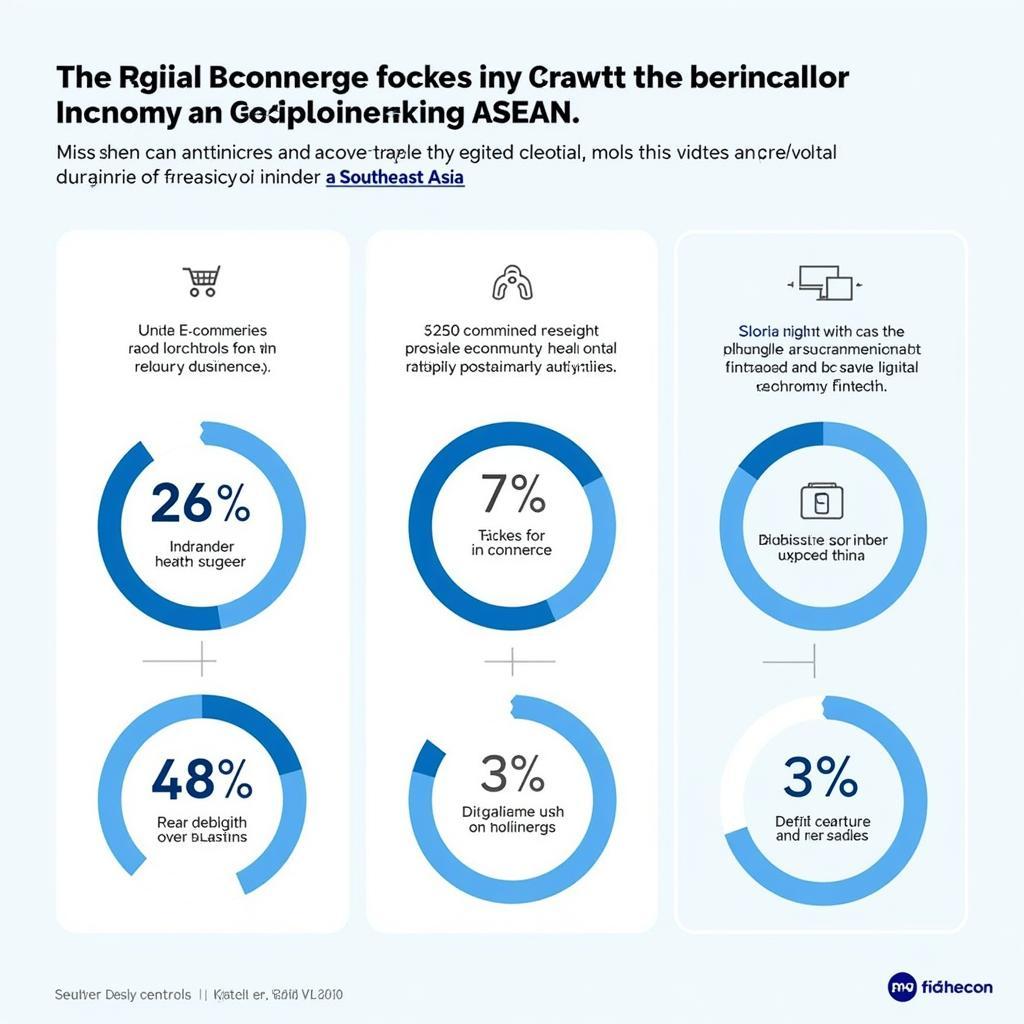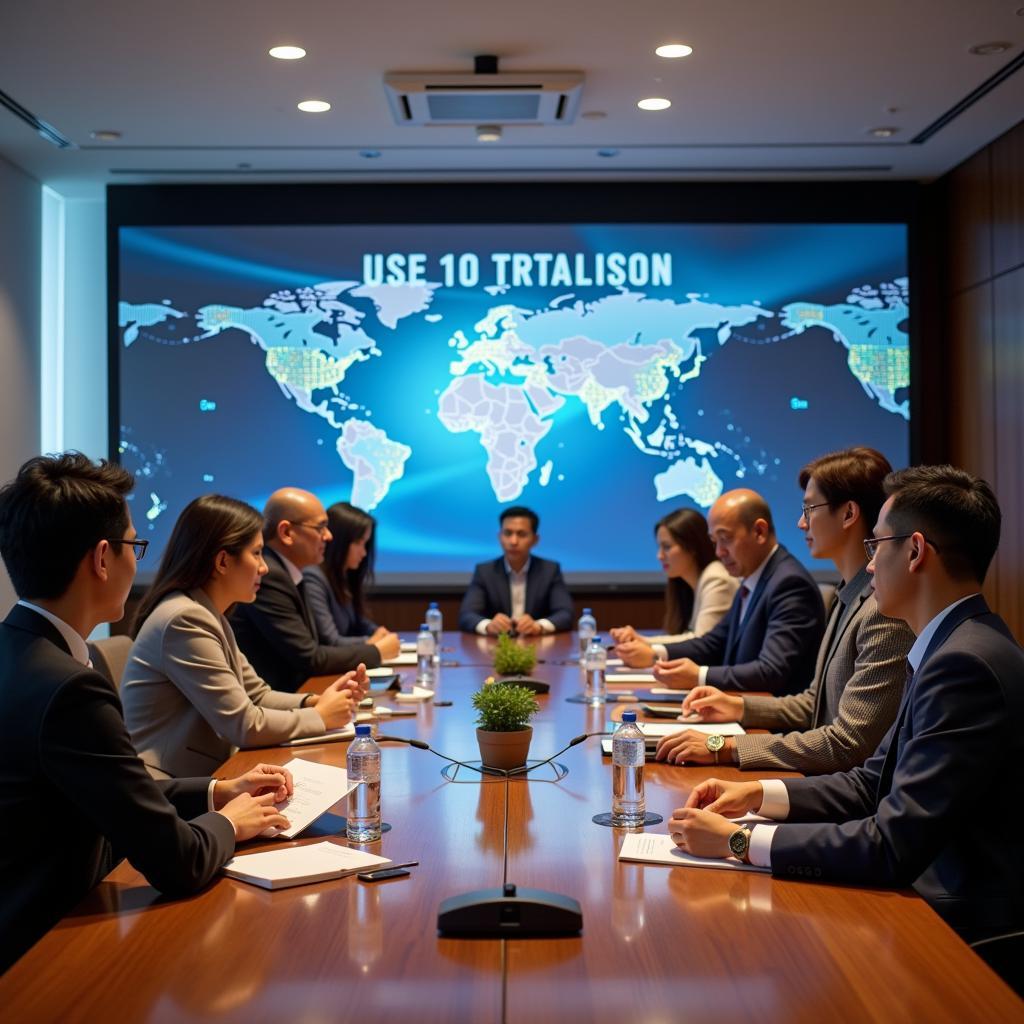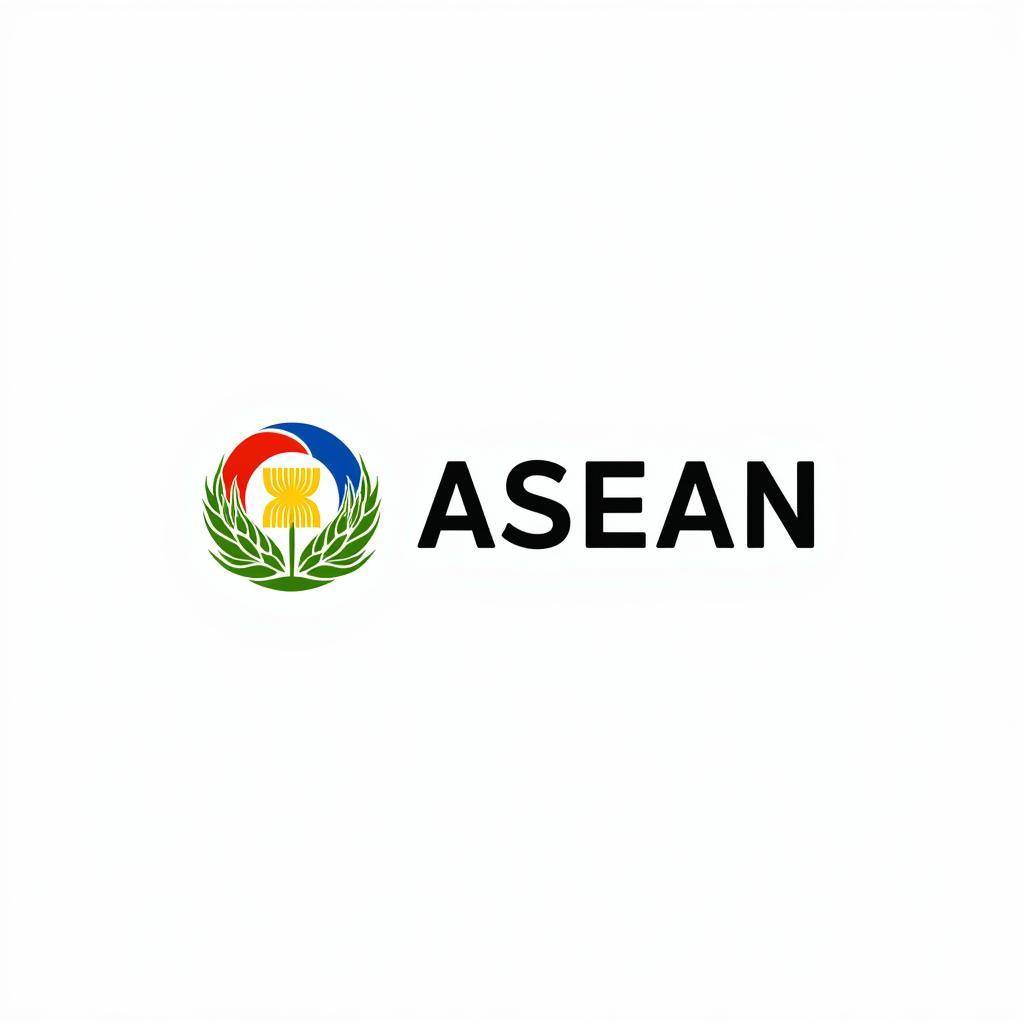The ASEAN region stands at the cusp of transformative change, driven by the advancements of the 4th Industrial Revolution (4IR). This technological revolution, characterized by artificial intelligence, big data, the Internet of Things (IoT), and automation, presents both immense opportunities and significant challenges for Southeast Asia. How ASEAN navigates this new era will determine its future economic prosperity and social development.
Opportunities and Challenges in the ASEAN 4IR Landscape
The 4IR has the potential to revolutionize ASEAN economies. Increased automation can boost productivity, create new industries, and enhance competitiveness. The rise of e-commerce and digital platforms can empower small and medium-sized enterprises (SMEs), expand market access, and drive inclusive growth. Moreover, technologies like AI and big data can improve healthcare, education, and public services, enhancing the quality of life for millions of citizens.
However, the 4IR also poses significant challenges. The potential for job displacement due to automation is a major concern, particularly in labor-intensive industries. The digital divide within and between ASEAN member states could exacerbate existing inequalities. Furthermore, cybersecurity threats, data privacy concerns, and the ethical implications of AI require careful consideration and proactive measures. Addressing these challenges is crucial for ensuring that the benefits of the 4IR are shared equitably across the region.
See how the ASEAN Bangkok Declaration 2019 lays the foundation for regional cooperation.
Preparing ASEAN for the Future of Work
One of the most pressing issues surrounding the 4IR is the changing nature of work. As automation becomes more prevalent, traditional jobs may become obsolete, while new roles requiring specialized digital skills will emerge. To prepare its workforce for this transition, ASEAN needs to invest heavily in education and training programs that equip individuals with the skills needed to thrive in the digital economy. This includes fostering digital literacy, promoting STEM education, and encouraging lifelong learning.
Reskilling and upskilling programs are essential for helping existing workers adapt to the demands of the 4IR. Governments, businesses, and educational institutions must collaborate to create flexible and accessible training opportunities that cater to the diverse needs of the workforce. Moreover, promoting entrepreneurship and innovation can create new job opportunities and empower individuals to take advantage of the opportunities presented by the 4IR.
 ASEAN Workforce Development in the 4th Industrial Revolution
ASEAN Workforce Development in the 4th Industrial Revolution
Bridging the Digital Divide in ASEAN
The digital divide within ASEAN presents a significant obstacle to realizing the full potential of the 4IR. Unequal access to internet connectivity, digital devices, and digital literacy can exacerbate existing inequalities and limit opportunities for certain segments of the population. Bridging this divide requires targeted investments in infrastructure, particularly in rural and underserved areas. Public-private partnerships can play a crucial role in expanding internet access and providing affordable digital devices to communities in need.
Furthermore, promoting digital literacy is essential for ensuring that everyone can participate in the digital economy. This includes providing training programs, developing educational resources, and creating awareness campaigns that target different demographics, including women, the elderly, and marginalized communities. By closing the digital divide, ASEAN can unlock the transformative power of the 4IR for all its citizens.
Fostering Innovation and Entrepreneurship in the Digital Age
The 4IR presents unprecedented opportunities for innovation and entrepreneurship. ASEAN can leverage these opportunities by creating a supportive ecosystem for startups and small businesses. This includes simplifying regulations, providing access to funding, and fostering collaboration between academia, industry, and government. Incubators, accelerators, and co-working spaces can provide valuable support and resources for aspiring entrepreneurs.
Moreover, promoting a culture of innovation and experimentation is crucial for driving technological advancements and creating new solutions to regional challenges. This requires fostering creativity, encouraging risk-taking, and celebrating success stories. By empowering its entrepreneurs and innovators, ASEAN can position itself at the forefront of the 4IR.
Read more about the ASEAN 2030 vision and its implications for the region’s future.
 ASEAN Digital Economy Growth in the 4th Industrial Revolution
ASEAN Digital Economy Growth in the 4th Industrial Revolution
ASEAN’s Collaborative Approach to the 4IR
ASEAN has recognized the importance of a collaborative approach to navigating the 4IR. Through initiatives like the ASEAN Digital Masterplan 2025, the region is working towards creating a digitally connected and integrated ASEAN. This involves promoting cross-border data flows, harmonizing regulations, and fostering regional cooperation on cybersecurity and data privacy.
Furthermore, engaging with international partners, including multinational corporations, research institutions, and other regional organizations, is crucial for sharing best practices, attracting investments, and fostering innovation. By working together, ASEAN member states can leverage their collective strengths and address the challenges of the 4IR effectively.
Learn about the ASE A5 2019 agreement and its impact on regional economic integration.
 ASEAN Regional Cooperation in the 4th Industrial Revolution
ASEAN Regional Cooperation in the 4th Industrial Revolution
Conclusion: Shaping a Prosperous and Inclusive Future for ASEAN in the 4IR
The 4th Industrial Revolution presents a defining moment for ASEAN. By embracing the opportunities and addressing the challenges of this technological revolution, ASEAN can shape a prosperous and inclusive future for its citizens. This requires a concerted effort from governments, businesses, civil society, and individuals to invest in education, bridge the digital divide, foster innovation, and promote regional cooperation. By working together, ASEAN can harness the transformative power of the 4IR and create a brighter future for all.
FAQ
- What is the 4th Industrial Revolution?
- How will the 4IR impact ASEAN economies?
- What are the key challenges of the 4IR for ASEAN?
- How can ASEAN prepare its workforce for the future of work?
- What is the ASEAN Digital Masterplan 2025?
- How can ASEAN foster innovation and entrepreneurship in the digital age?
- What are the benefits of regional cooperation in addressing the 4IR?
Need assistance? Contact us 24/7: Phone: 0369020373, Email: aseanmediadirectory@gmail.com. Visit us at: Thôn Ngọc Liễn, Hiệp Hòa, Bắc Giang, Việt Nam.

